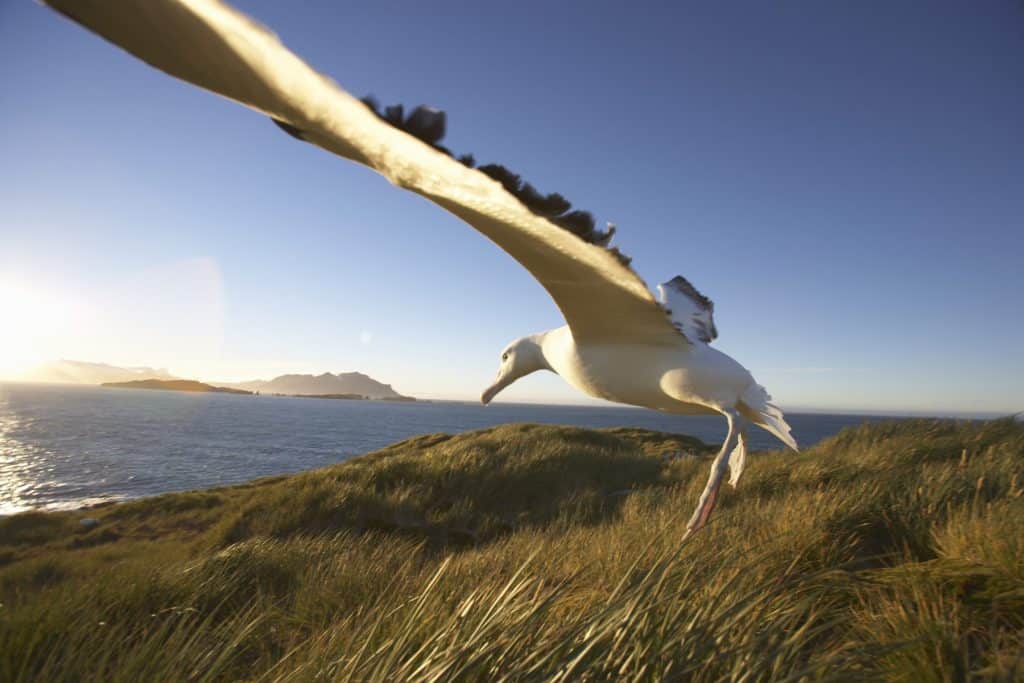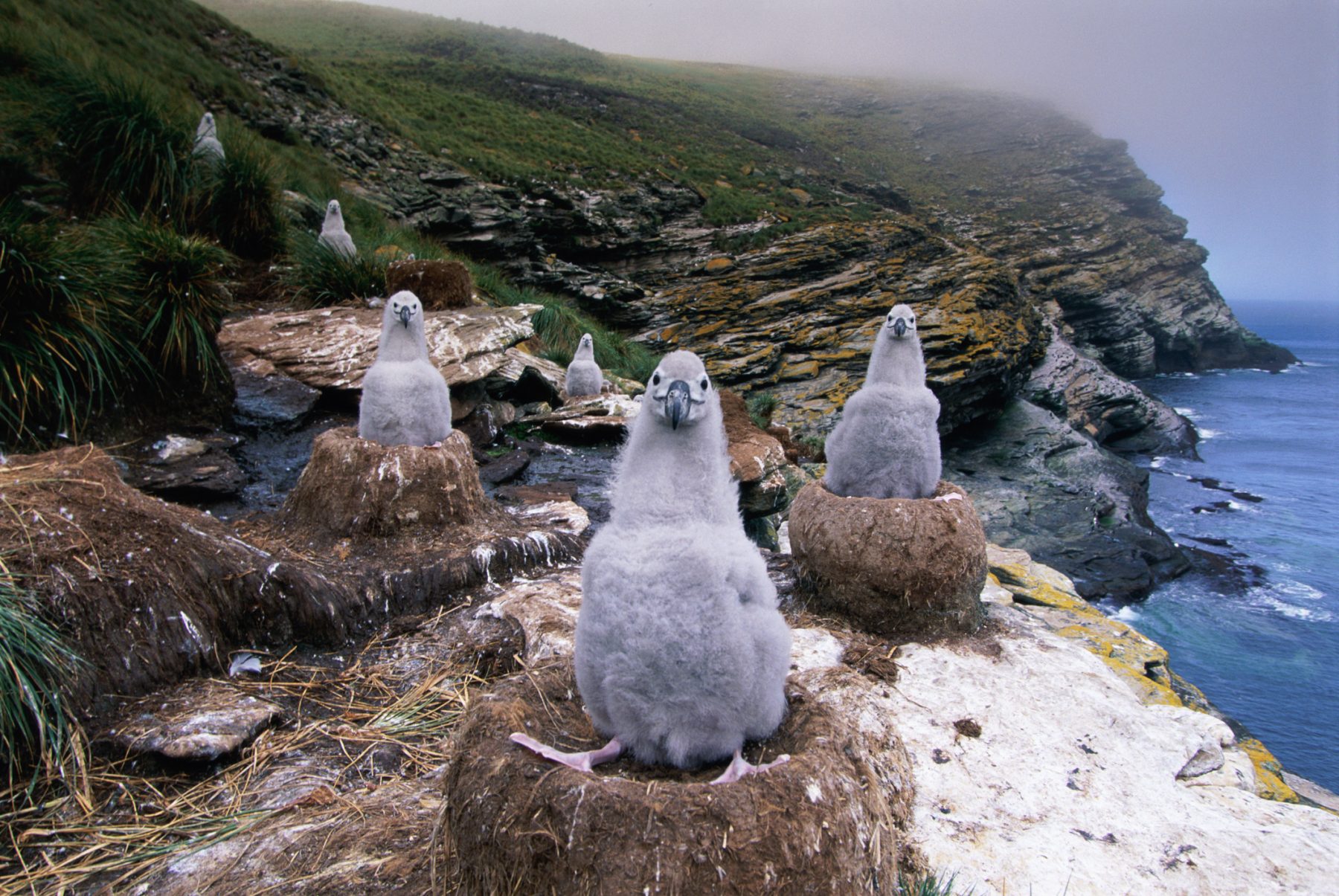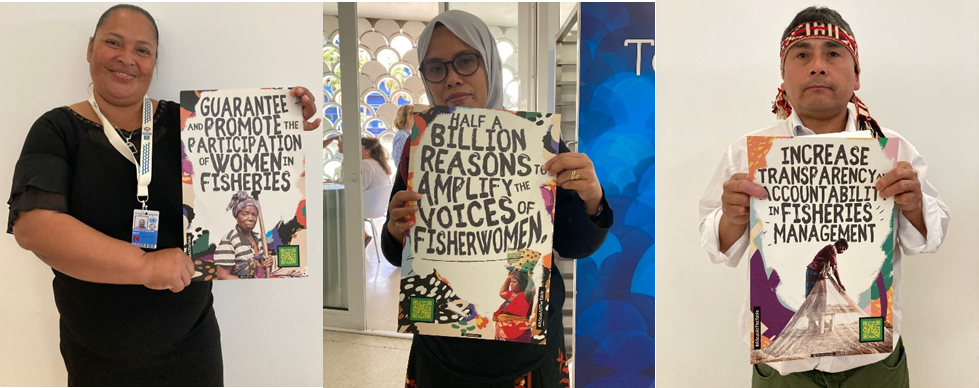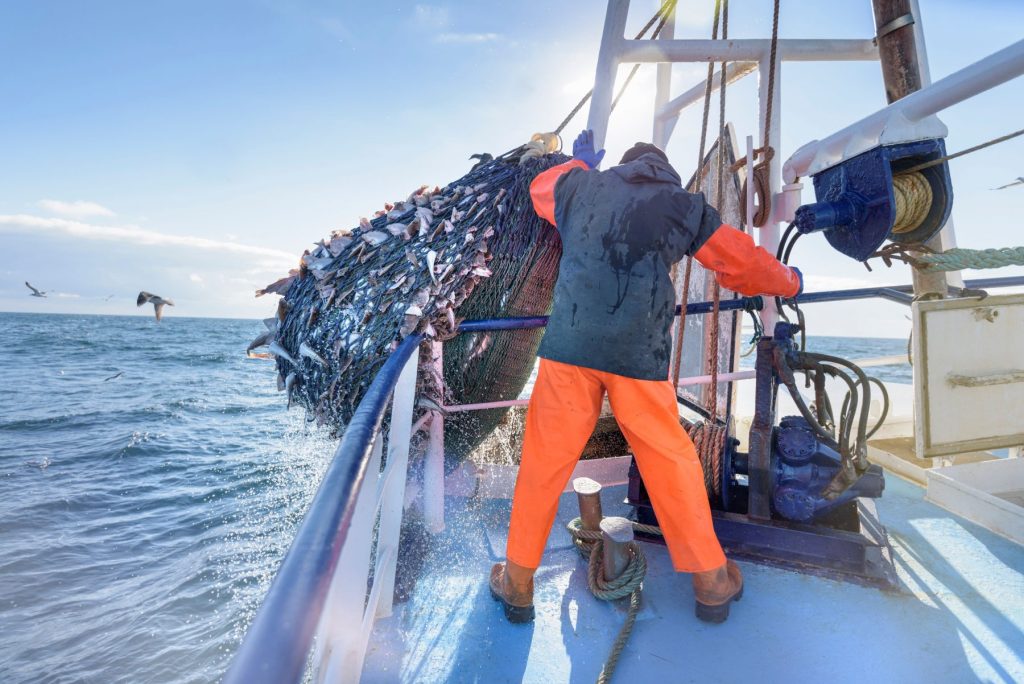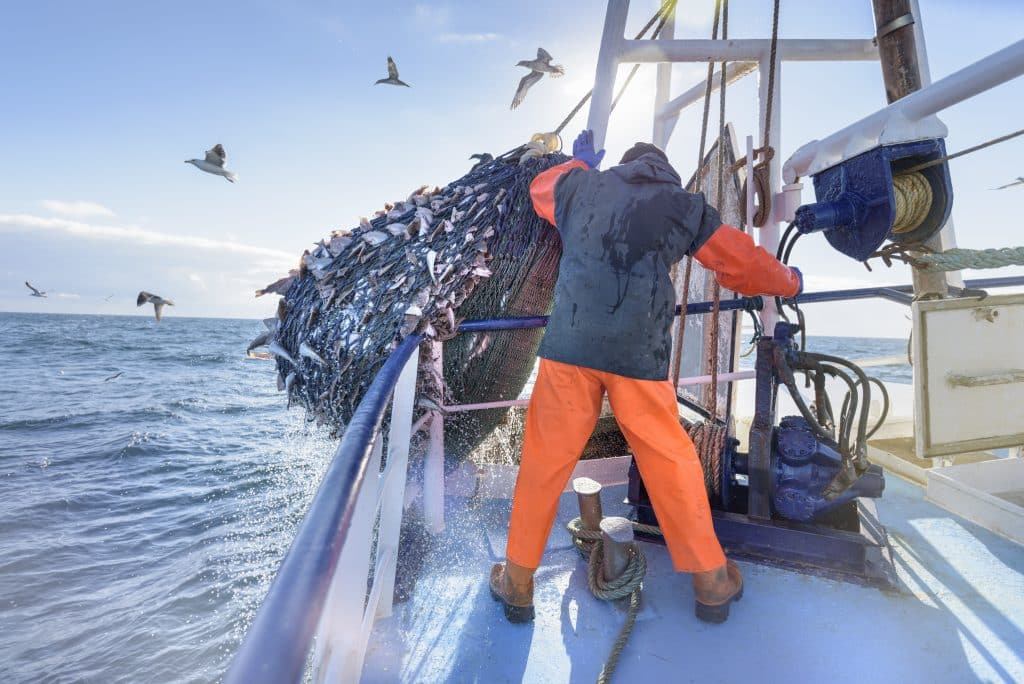The albatross is a magnificent but elusive creature that spends much of its life airborne and at sea. If you have been fortunate enough to see one of these winged giants in flight, it is an image that stays with you. With the largest wingspan of any bird, the wandering albatross can cover up to 500 miles in a day and reach speeds of 80 miles per hour. Scientists have documented that some albatrosses have flown all the way around the world in less than two months.
The albatross’s long, narrow wings have very little drag, making them among the most efficient of all birds for flight. In fact, the Wright Brothers drew inspiration from the albatross when they designed their first gliders.
These massive birds can glide over the ocean for more than a year at a time, resting on the ocean only briefly or diving below the surface to snatch fish or squid for their next meal. Studies show the albatross can detect fishing vessels from 20 kilometers away. Long before fancy technology, fishers relied on the albatross to lead them to good fishing spots out at sea. Thanks to onboard monitoring systems, they no longer need the albatross to help support their livelihoods – but the albatross needs them.
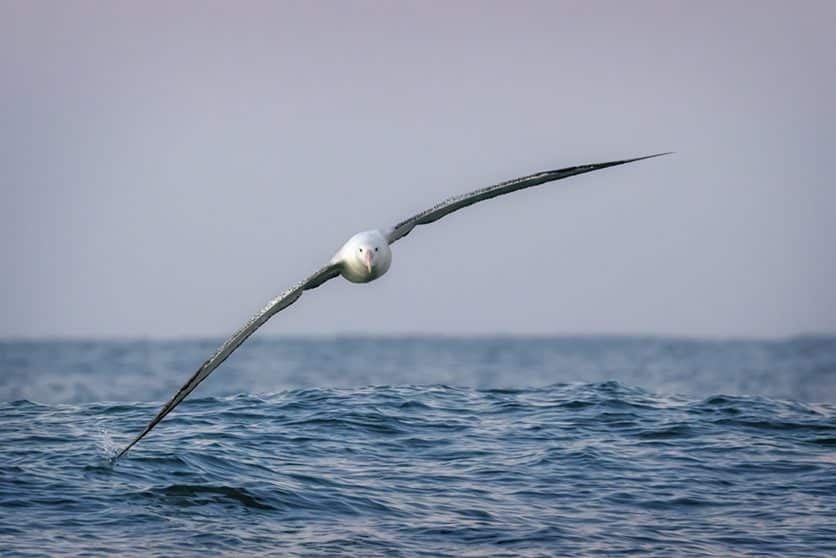
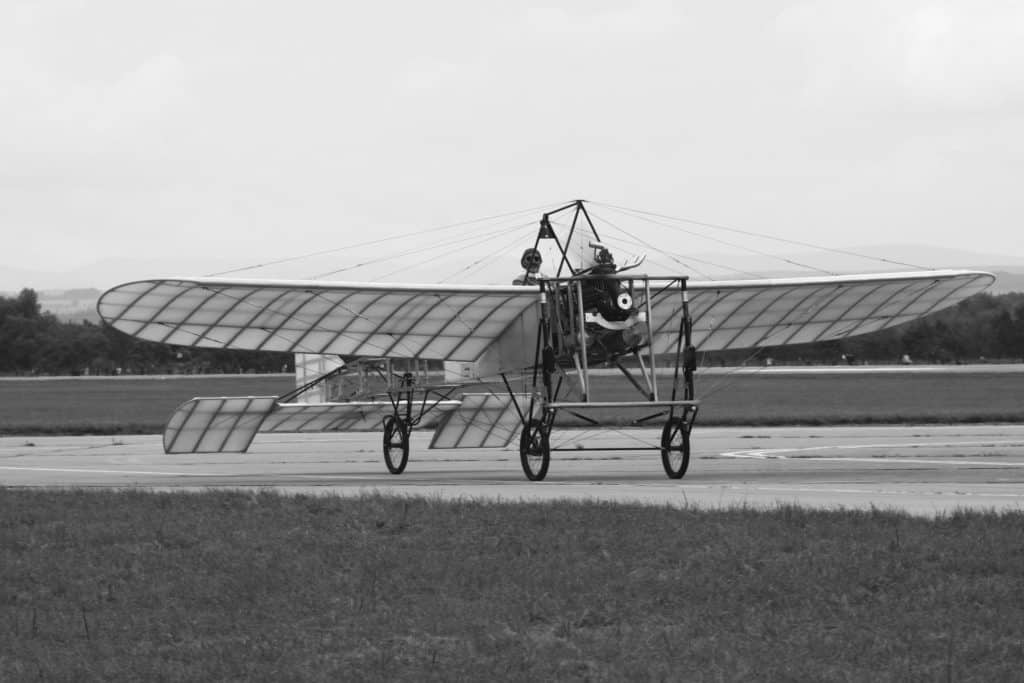
A Bird Population at Risk
Although the adult albatross has few predators, 15 of the 22 albatross species are on the brink of extinction and certain fishing practices are a major threat. When an albatross dives into the water for a fish or squid, it often inadvertently grabs bait on a longline fishhook, is pulled underwater, and drowns. Trawlers, boats that catch fish by dragging large nets through the water or along the ocean floor, are also problematic. Failing to see the large cables that attach the ship to the nets, the birds fly into them and break their wings, or they are pulled underwater by the cable and drown. Each year, nearly 100,000 albatrosses are caught by accident (aka bycatch) when they are impaled by these longline hooks or caught by a trawling cable.
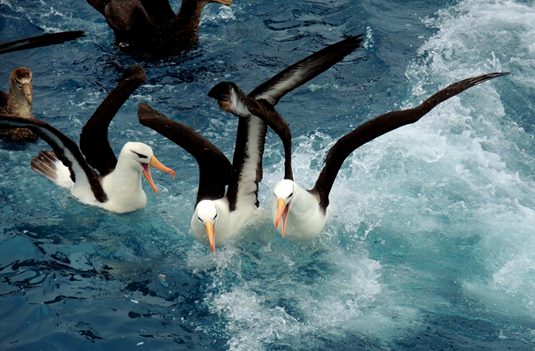
Education and Collective Action
With albatross populations dwindling, the need to address the problems posed by fishing is urgent. Fortunately, this is a solvable challenge. For the past two decades, our partner BirdLife International has tapped into its network throughout the world to drive global solutions that protect the albatross and meet the needs of fishers.
Albatrosses, like all birds, forgo maps and follow their own internal GPS system. Crisscrossing national boundaries, they spend nearly 40 percent of their time soaring over the high seas – areas of the ocean where no single country has jurisdiction, meaning no one nation can adequately ensure their conservation.
The Albatross Taskforce (ATF), led by BirdLife International and its UK partner, the Royal Society for the Protection of Birds (RSPB), is an international team of experts on a mission to reduce seabird bycatch by at least 80 percent in some of the world’s deadliest fisheries. The ATF works aboard fishing vessels to show fishing crews techniques they can use to minimize albatross bycatch. Successful approaches include using bird scaring lines, which act as scarecrows to ward off hungry seabirds, weighting the hooks so they sink below the surface faster, and fishing only at night, well after the albatross’ dinner hour.
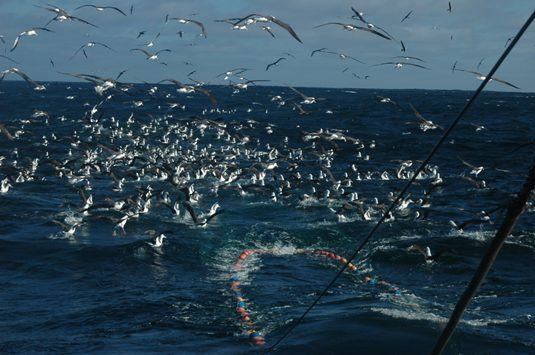
Enduring Solutions
The ATF’s approach works – as demonstrated by the hake trawl fishery in South Africa where they have reduced albatross deaths by 99 percent since the team started working there in 2006. While this is an evolving success story, the albatross has a long way to go. The Regional Fisheries Management Organizations (RFMOs), the organizations tasked with managing the world’s tuna fisheries on the high seas, require fishers to employ some form of seabird bycatch mitigation measures (bird scaring lines, weighted hooks, or night setting) in areas overlapping with seabirds. However, low observer coverage on the high seas – generally five percent or less – makes enforcement a significant challenge.
Teaming up with local partners in countries that pose the biggest threat to the albatross – including South Africa as well as Namibia, Argentina, and Chile – the ATF works to educate fishers and relevant fishery authorities to improve compliance. One message point that resonates particularly well: when fishers use these bird safety measures, they are able to save their bait to catch fish, ultimately ensuring a bigger haul.
As BirdLife marks its 100th anniversary, the Packard Foundation celebrates the organization’s partnership approach and its ability to understand and integrate local needs into a global solution that benefits the ocean and all the creatures, including people, who depend on it.
